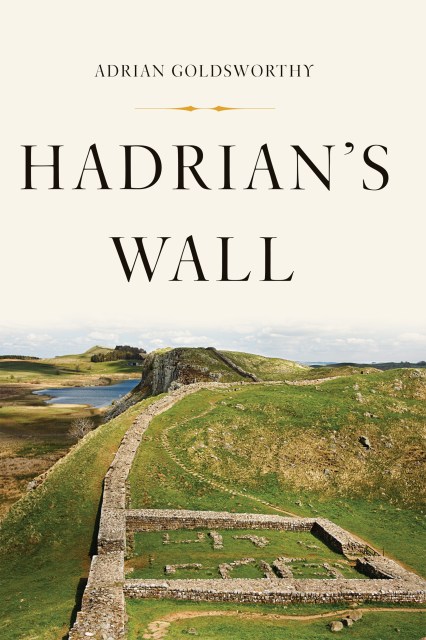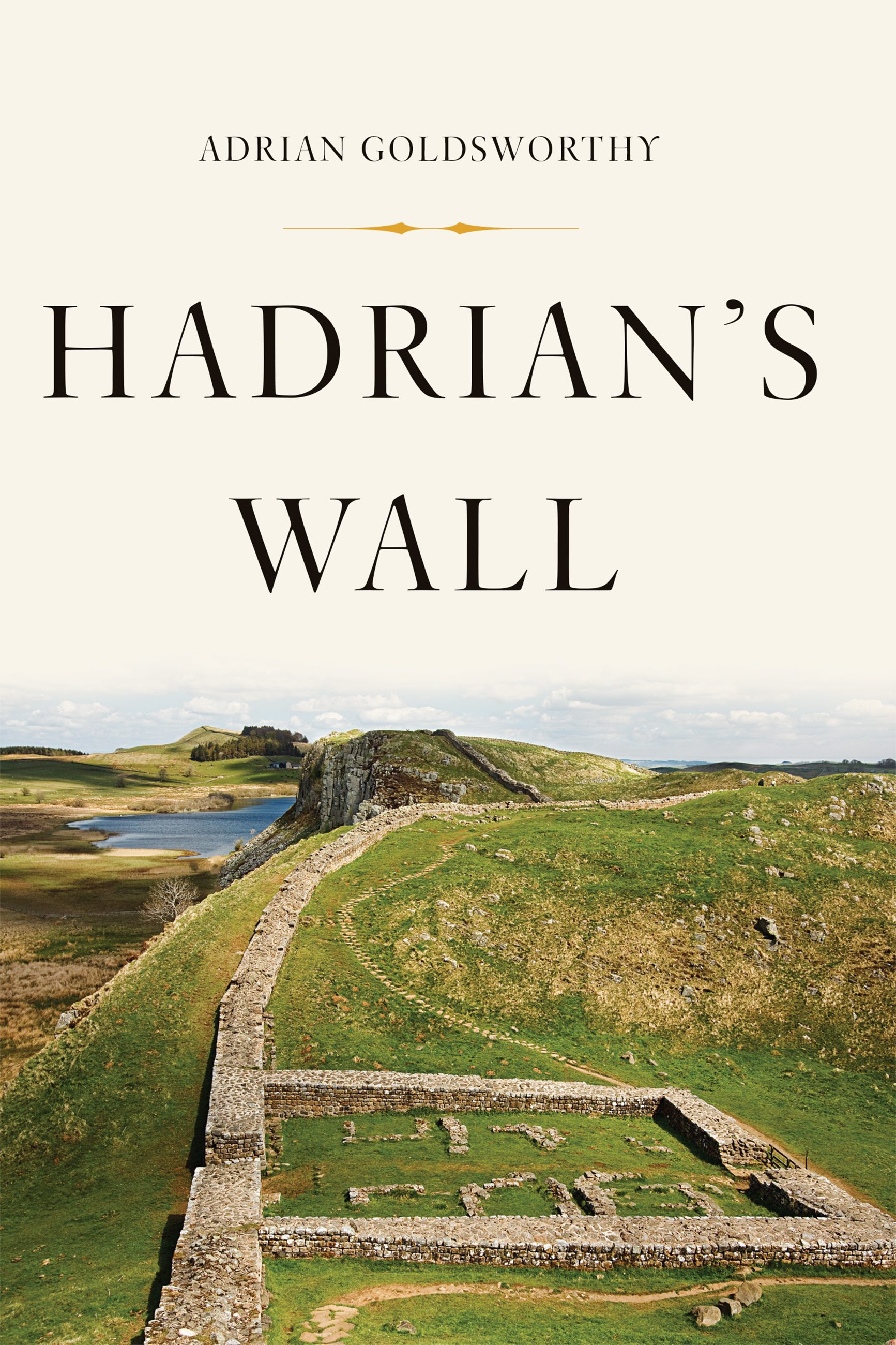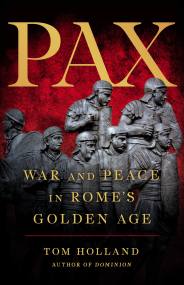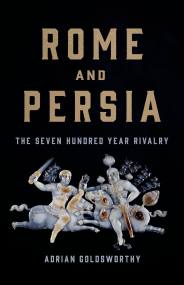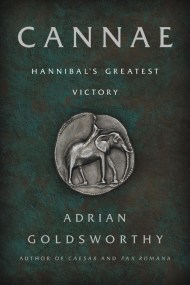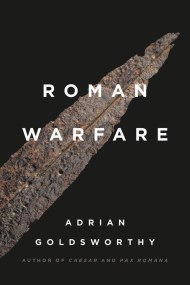Promotion
Use code BEST25 for 25% off storewide. Make sure to order by 11:59am, 12/12 for holiday delivery!
By clicking “Accept,” you agree to the use of cookies and similar technologies on your device as set forth in our Cookie Policy and our Privacy Policy. Please note that certain cookies are essential for this website to function properly and do not require user consent to be deployed.
Hadrian’s Wall
Contributors
Formats and Prices
- On Sale
- Apr 10, 2018
- Page Count
- 192 pages
- Publisher
- Basic Books
- ISBN-13
- 9781541644458
Price
$14.99Price
$19.99 CADFormat
Format:
- ebook $14.99 $19.99 CAD
- Hardcover $25.00 $31.00 CAD
This item is a preorder. Your payment method will be charged immediately, and the product is expected to ship on or around April 10, 2018. This date is subject to change due to shipping delays beyond our control.
Buy from Other Retailers:
Stretching eighty miles from coast to coast across northern England, Hadrian’s Wall is the largest Roman artifact known today. It is commonly viewed as a defiant barrier, the end of the empire, a place where civilization stopped and barbarism began. In fact, the massive structure remains shrouded in mystery. Was the wall intended to keep out the Picts, who inhabited the North? Or was it merely a symbol of Roman power and wealth? What was life like for soldiers stationed along its expanse? How was the extraordinary structure built — with what technology, skills, and materials?
In Hadrian’s Wall, Adrian Goldsworthy embarks on a historical and archaeological investigation, sifting fact from legend while simultaneously situating the wall in the wider scene of Roman Britain. The result is a concise and enthralling history of a great architectural marvel of the ancient world.
Genre:
Newsletter Signup
By clicking ‘Sign Up,’ I acknowledge that I have read and agree to Hachette Book Group’s Privacy Policy and Terms of Use
